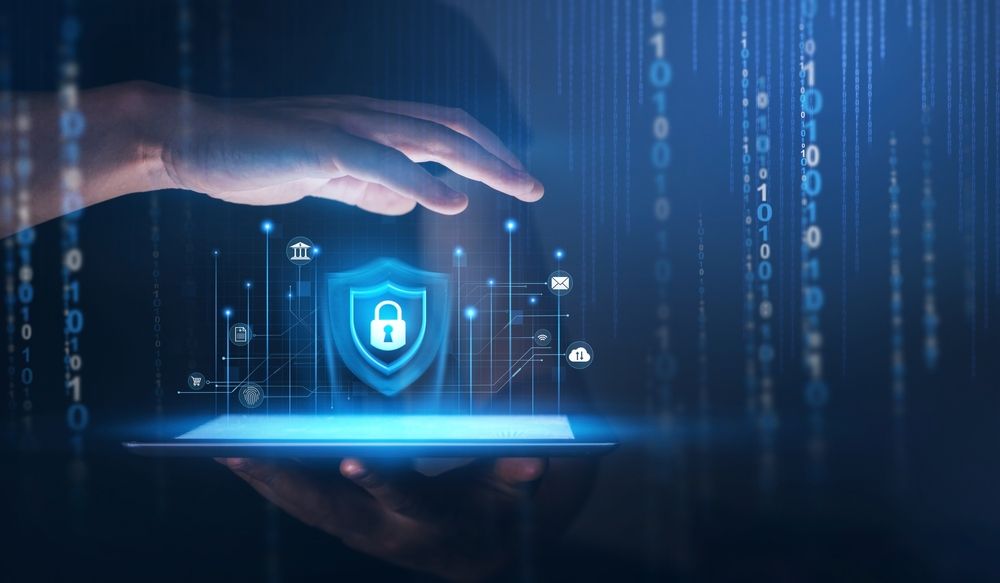
Welcome to a journey through the riveting evolution of banking security. From the sturdy iron vaults of yesteryear to the intricate digital fortresses of today, banking security has undergone a transformation as dramatic as the technological advancements that have defined the modern age. As we delve into the past, explore the present, and glance towards the future, we will uncover how banks have adapted to protect their most valuable asset – the trust of their customers.
The Age of Physical Security
In the early days of banking, physical security was the bulwark against theft and misappropriation. Monumental vaults, often portrayed in movies with thick steel doors and intricate locking mechanisms, were not just Hollywood fantasy but a reality of the era. The physical barriers constructed to safeguard the wealth stored within were a testament to the craftsmanship and engineering of the time.
Banks were fortresses, with guards, timed locks, and sometimes even decoy vaults to confuse would-be robbers. These measures were effective deterrents against physical attacks, but as time passed and technology advanced, so too did the methods of criminals. The industry responded with more sophisticated physical security measures, including surveillance cameras and silent alarms. Yet, as the digital age dawned, it became clear that the battleground for banking security would shift from the tangible to the intangible.
The Transition to Electronic Security
The transition from paper to electronic transactions marked a significant shift in banking operations and security. The introduction of the Automated Teller Machine (ATM) in the late 1960s brought with it new security challenges. Banks had to ensure not just the physical security of these machines but also the integrity of the transactions they processed.
Encryption became the new watchword as electronic banking gained popularity. Data encryption ensured that even if transaction details were intercepted, they would be unreadable to the attacker. Magnetic strip cards were introduced, followed by chip-and-PIN technology, which added layers of security to every transaction. However, these advancements were just the tip of the iceberg as the banking industry braced for the seismic changes that the internet would bring.
The Dawn of Internet Banking
The rise of the internet transformed every aspect of life, and banking was no exception. Internet banking brought unprecedented convenience, allowing customers to manage their finances from anywhere in the world. However, this convenience also introduced new vulnerabilities. Cybersecurity became the new frontier in the battle to protect customers’ assets.
Banks invested heavily in firewalls, anti-virus software, and intrusion detection systems to ward off cyber-attacks. Multi-factor authentication became commonplace, requiring customers to provide multiple pieces of evidence of their identity to access their accounts. Banks also began to educate customers on safe online practices, recognizing that the human element was often the weakest link in the security chain.
The Rise of Mobile Banking and Biometrics
As smartphones became ubiquitous, banks seized the opportunity to provide even more convenience through mobile banking apps. With this shift, however, came yet another set of security challenges. Mobile banking required a new approach to security, one that balanced ease of access with robust protection.
Biometrics entered the banking security scene as a game-changer. Fingerprints, facial recognition, and voice authentication provided a high level of security without sacrificing user convenience. These biological markers were unique to each individual and difficult to replicate, making them ideal for securing mobile transactions. Banks began to integrate biometrics into their mobile apps, providing customers with a secure and seamless banking experience.
The Future of Cybersecurity and AI
Looking towards the future, artificial intelligence (AI) stands poised to revolutionize banking security. AI can analyze vast amounts of data to detect patterns and anomalies that may indicate fraudulent activity. Machine learning algorithms can adapt and respond to new threats much faster than human analysts.
Blockchain technology, with its decentralized and transparent ledger system, also holds promise for enhancing banking security. It can potentially eliminate many of the vulnerabilities inherent in centralized systems. As banks adopt these technologies, the security landscape will continue to evolve, with AI and blockchain leading the charge in the fight against cybercrime.
The story of banking security is one of constant innovation and adaptation. From the imposing vaults of the past to the sophisticated cybersecurity strategies of today, banks have always prioritized the protection of their customers’ assets. As we look to the future, we can be confident that whatever new challenges arise, the banking industry will rise to meet them with the same ingenuity and determination that has characterized its past. The evolution of banking security is an ongoing saga of resilience and advancement, ensuring that customer trust remains well-placed in an ever-changing digital world.
